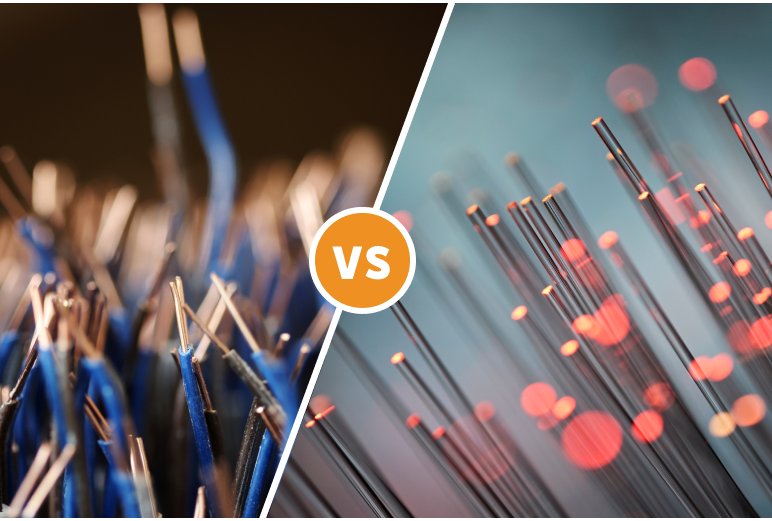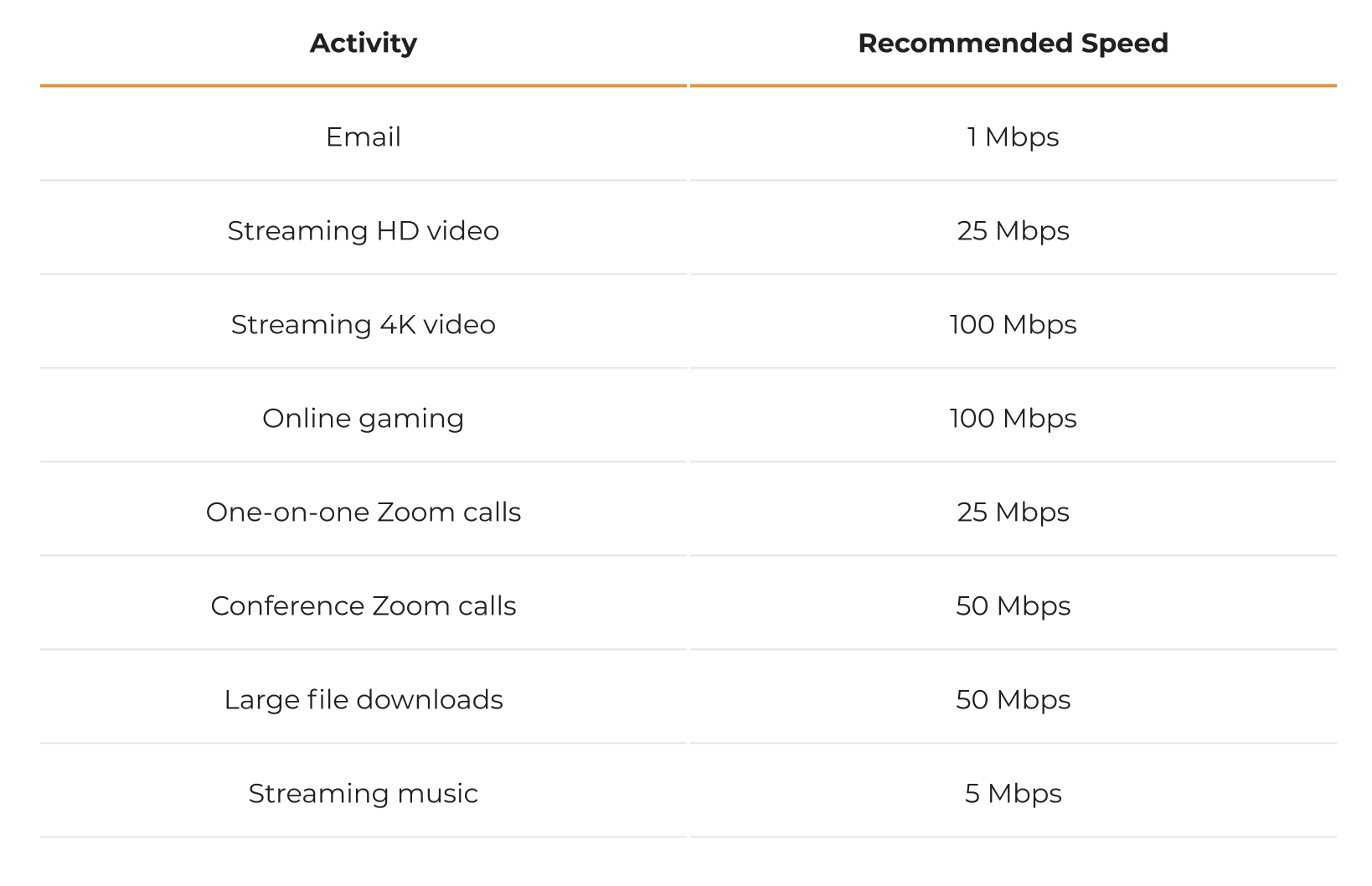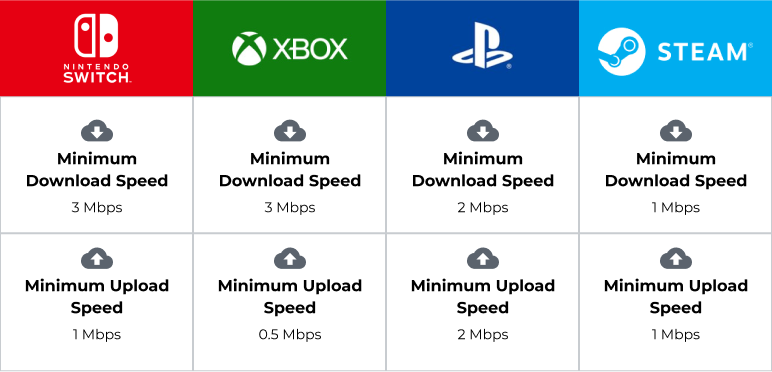Finding the right internet speed for your household can feel like a huge undertaking. For those who aren’t internet experts, there are so many factors to consider that it might feel overwhelming.
Do you have multiple devices in your home? How many people live in your household? Do you mainly use your connection to work from home, or are you someone who streams TV and video games every day?
Clearly, there’s a lot to consider when choosing the right internet connection for your home. That’s why we’ve created a guide to help you determine the right speed and type of connection to keep your Wi-Fi running smoothly.





